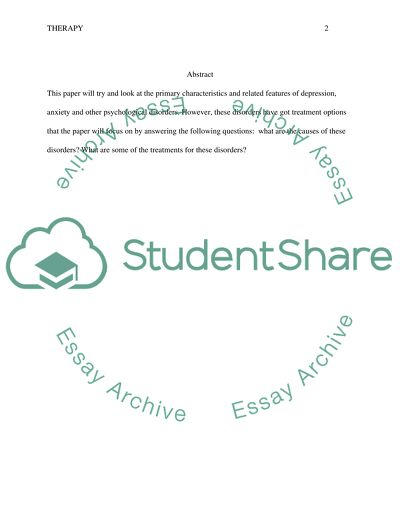Cite this document
(“Therapy Assignment Example | Topics and Well Written Essays - 250 words - 1”, n.d.)
Retrieved from https://studentshare.org/psychology/1589137-therapy
Retrieved from https://studentshare.org/psychology/1589137-therapy
(Therapy Assignment Example | Topics and Well Written Essays - 250 Words - 1)
https://studentshare.org/psychology/1589137-therapy.
https://studentshare.org/psychology/1589137-therapy.
“Therapy Assignment Example | Topics and Well Written Essays - 250 Words - 1”, n.d. https://studentshare.org/psychology/1589137-therapy.


